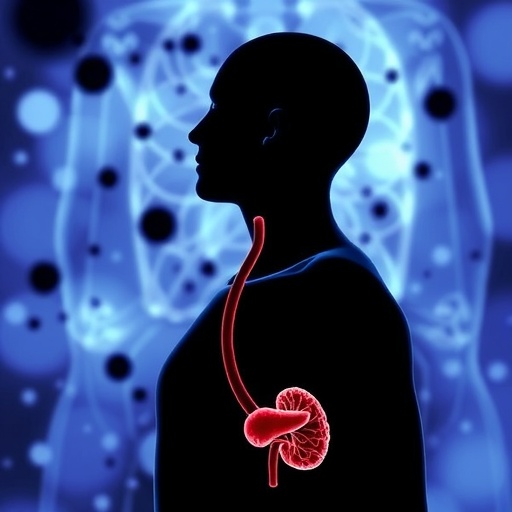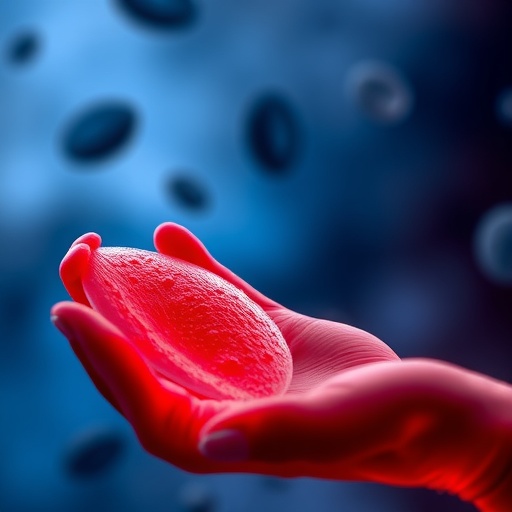The gene-editing tool called CRISPR that can quickly and cleanly remove specific pieces of DNA has revolutionized biotechnology. Many researchers believe the technique could end thousands of ailments. So what's needed to realize CRISPR's potential? Another breakthrough. The cover story in Chemical & Engineering News (C&EN), the weekly newsmagazine of the American Chemical Society, runs down the latest attempts to find it.
Ryan Cross, a correspondent for C&EN, notes that CRISPR has led to thousands of scientific papers and a slew of biotech start-ups since its conception in 2012. The appeal of the technique is that it has the potential not just to treat but to cure intractable conditions scientists have long struggled to address, including sickle cell disease, Duchenne muscular dystrophy and cancer. Researchers in China say they have already conducted a human clinical trial that involves removing cells from patients, editing them using CRISPR outside the body, and putting the modified cells back in the body. A team in Pennsylvania is gearing up for a similar clinical trial in the U.S.
However, the technique's greatest promise lies in injecting the editing tool directly into patients. But sneaking the system past the body's defenses and into the cells where it is needed has been difficult. To overcome this challenge, scientists are taking multiple approaches, each of which has its own subset of additional hurdles. Despite the headwinds, researchers say that because the potential payoff would be huge, the pursuit for solutions will undoubtedly continue.
###
The article, "CRISPR's breakthrough problem," is freely available here.
The American Chemical Society is a nonprofit organization chartered by the U.S. Congress. With nearly 157,000 members, ACS is the world's largest scientific society and a global leader in providing access to chemistry-related research through its multiple databases, peer-reviewed journals and scientific conferences. ACS does not conduct research, but publishes and publicizes peer-reviewed scientific studies. Its main offices are in Washington, D.C., and Columbus, Ohio.
To automatically receive news releases from the American Chemical Society, contact [email protected].
Follow us on Twitter | Facebook
Media Contact
Katie Cottingham
[email protected]
301-775-8455
@ACSpressroom
http://www.acs.org
############
Story Source: Materials provided by Scienmag




